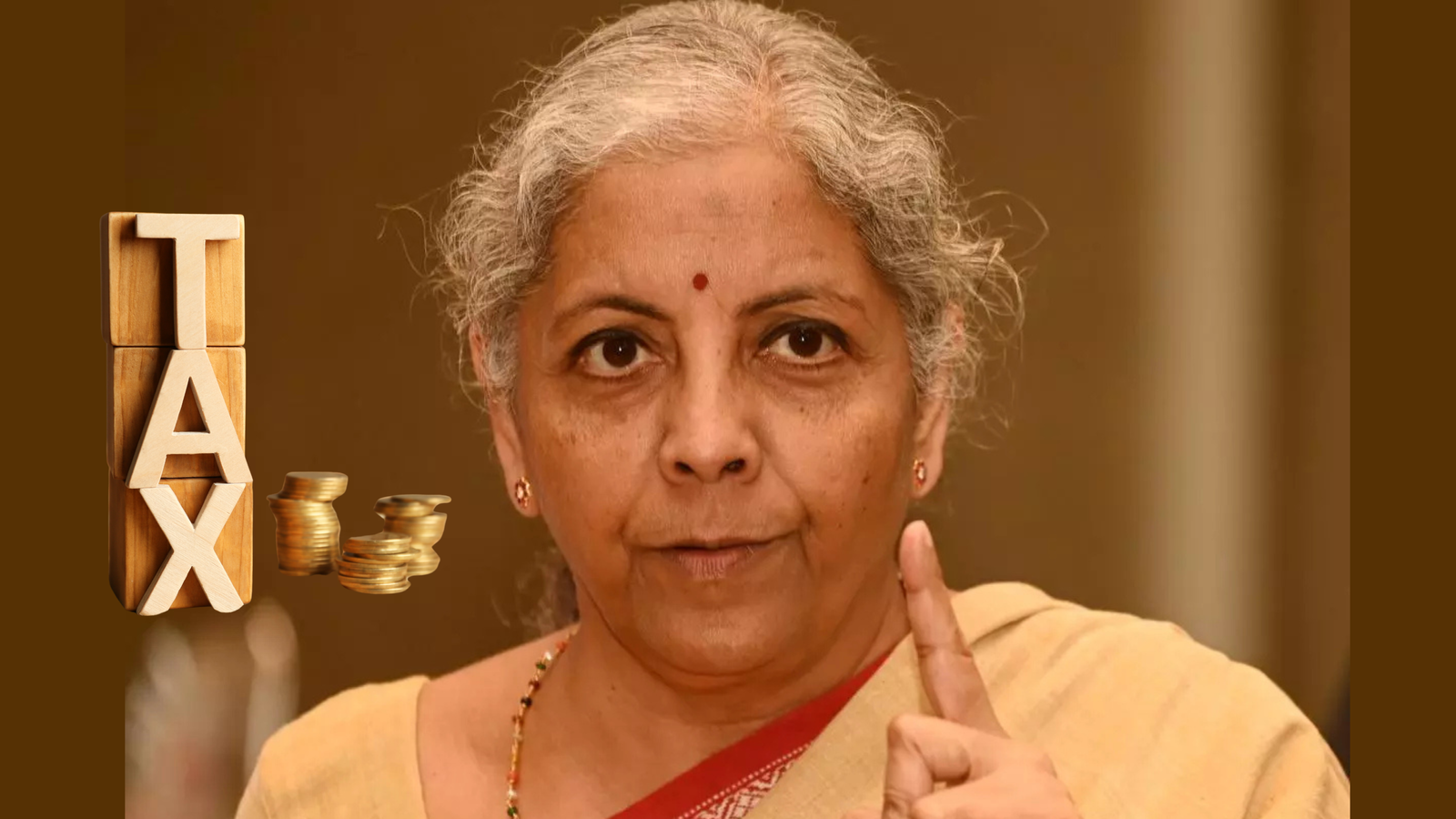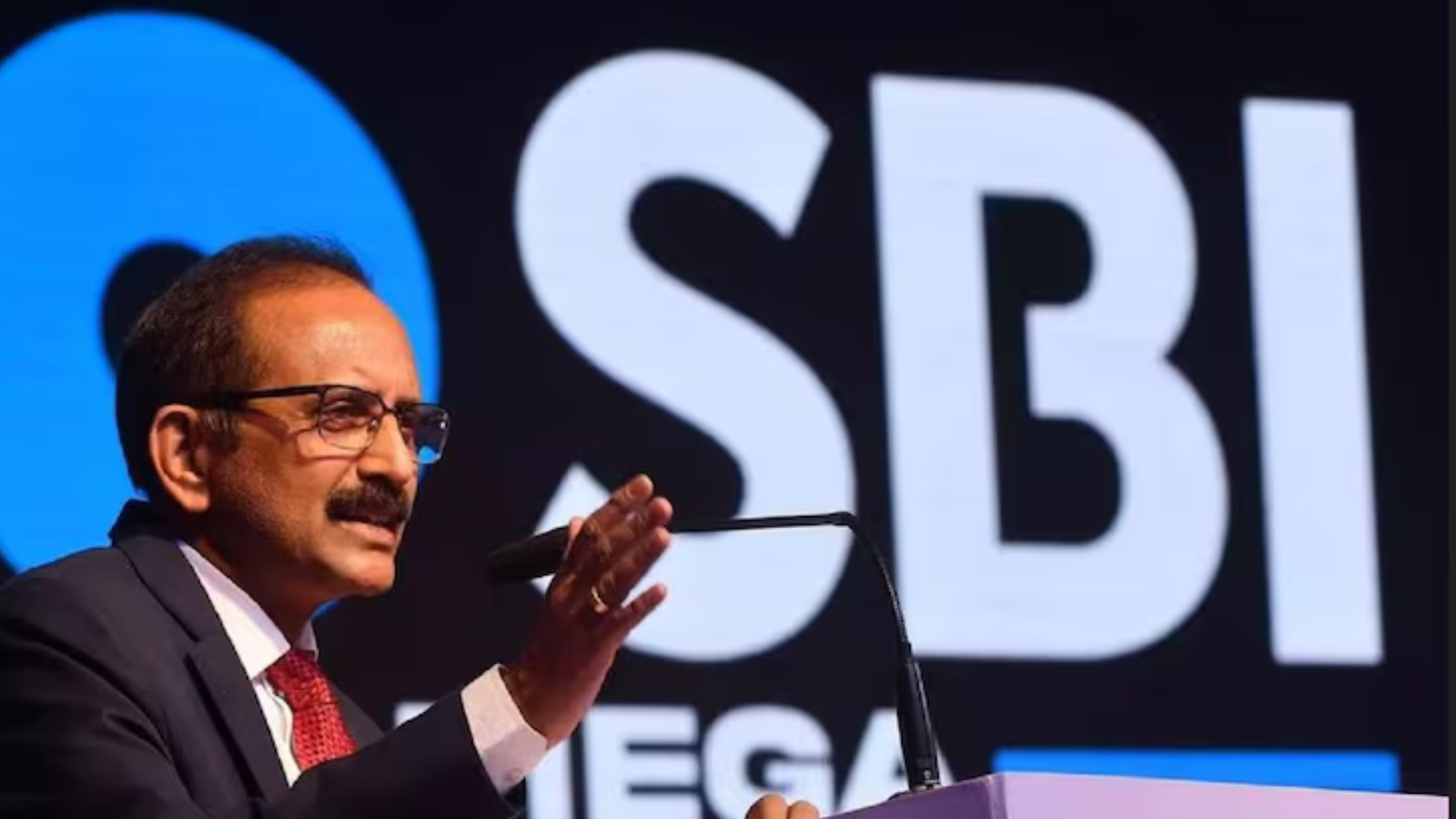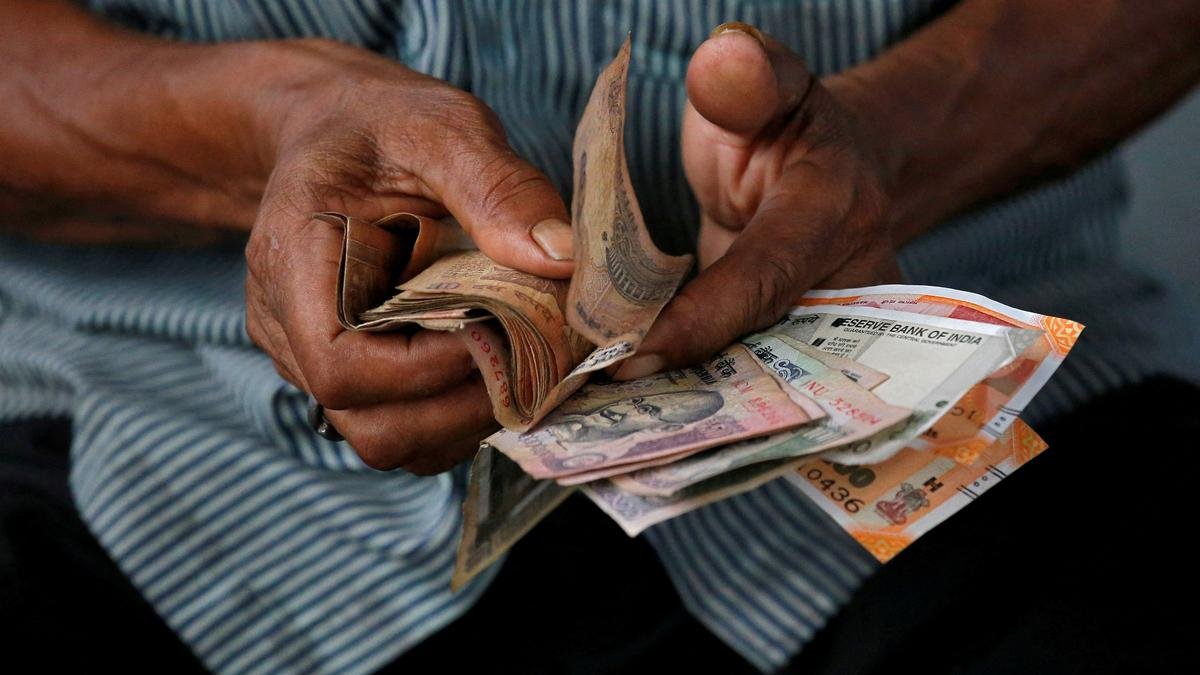Budget 2025, Major Income Tax Relief
Key Highlights:
- The Union Budget 2025 will be presented on February 1, 2025.
- Economists and taxpayers are urging the government to announce income tax cuts to alleviate financial stress and boost economic growth.
- The previous Union Budget focused on making the new tax regime more appealing without altering the old tax structure.
With the Union Budget 2025 scheduled for February 1, anticipation is mounting among salaried individuals and economists alike for significant income tax relief. Amid rising inflation and escalating living costs, taxpayers are hopeful for measures that can ease their financial burdens and enhance disposable income. Economists have also advocated for reforms aimed at stimulating savings and spurring economic growth.
Rising Calls for Income Tax Reforms
Experts suggest that reducing income tax rates could be a pivotal move in the upcoming Budget. During a pre-budget consultation with Prime Minister Narendra Modi, various strategies to address economic challenges were discussed, including potential tax rate cuts. Economists argue that such measures would increase disposable income, encourage savings, and drive consumer spending—particularly in sectors struggling with reduced demand.
A reduction in income tax rates could not only offer immediate financial relief to individuals but also serve as a catalyst for broader economic revival by boosting consumption and investment.
Revisions in the New Tax Regime
In the last Union Budget, while the old tax regime remained unchanged, the new tax regime saw adjustments designed to enhance its appeal. Two key income tax slabs were widened, and the standard deduction under this regime was raised from Rs 50,000 to Rs 75,000. This deduction, a fixed amount subtracted from taxable salary income, helps salaried individuals manage work-related expenses more effectively.
India first abolished the standard deduction in 2005 but reinstated it in Budget 2018 at Rs 40,000. Subsequent increments in interim Budget 2019 and Budget 2023 raised it to Rs 50,000. By 2024, the new tax regime offered a Rs 50,000 standard deduction for individual taxpayers and up to Rs 15,000 for family pensioners. Salaried individuals earning Rs 15.5 lakh or more were eligible for a tax benefit of Rs 52,500.

Previous Major Income Tax Relief
Ajinkya Gunjan Mishra, Tax Partner at S&R Associates, highlighted that the last substantial income tax relief was introduced in the Union Budget for the financial year 2020-21. This Budget unveiled a new optional personal income tax regime featuring reduced tax rates but required taxpayers to forgo common exemptions and deductions, such as those under Sections 80C and 80D. The goal was to simplify the tax system while providing relief to middle-income earners.
“The reduced tax rates under the optional regime particularly benefited middle-income taxpayers who do not claim deductions or exemptions,” Mishra noted. He added that India’s income tax structure is moderate compared to global standards. For example, India’s basic exemption limit of Rs 3.5 lakh is lower than Singapore’s Rs 6-7 lakh equivalent but higher than those in several European nations.
Taxpayer Benefits in Recent Budgets
Dipesh Jain, Partner at Economic Laws Practice, pointed out that the Finance Act 2024 introduced further relief measures. These included an expansion of the basic tax-free income slab limits, reduced tax rates for certain income levels, and an increase in the standard deduction under the new tax regime to Rs 75,000.
Additionally, the long-term capital gains tax rate was lowered from 20% to 12.5%. However, Jain cautioned that the removal of the indexation clause—a provision that adjusts the purchase price of assets for inflation—might increase the tax burden in some scenarios.
Both Mishra and Jain agreed that these reforms have positively influenced disposable income and consumer spending. The simplified tax options under the new regime have particularly benefited middle-class taxpayers by enhancing liquidity and purchasing power.
Global Comparisons and Future Expectations
India’s top marginal tax rate under the new regime is 39%, comparable to global averages. For instance, the UK’s top rate is 45%, while the US imposes a maximum rate of 37%. Countries like Australia, Germany, and Japan also have top rates around 45%.
To further boost the economy and increase purchasing power, experts recommend rationalizing effective tax rates. According to Jain, such measures, combined with other fiscal strategies, could create a more robust and equitable tax system.
As Budget 2025 approaches, all eyes are on the government’s potential announcements. Will the long-anticipated tax cuts materialize, and can they balance the twin objectives of economic growth and financial relief for taxpayers? The answers will be revealed in just a few weeks.




